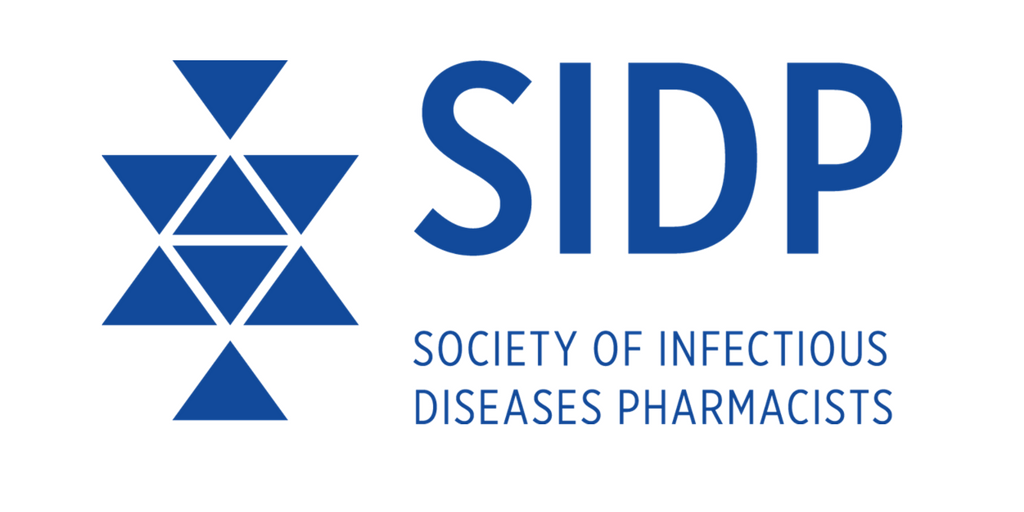A Long-Acting Injectable for the Treatment of Candida spp Infections
In the second installment of a 3-part series on long-acting injectables related to various infections, Caitlin Soto, PharmD, BCIDP, provides insights on using rezafungin for invasive candidiasis.

Invasive candidiasis (IC) causes significant morbidity and mortality, and with it comes economic burdens, with costs per patient exceeding $48,000 in high-income countries in 2018.1-3 Echinocandins are recommended as first-line agents for the majority of cases of IC.
However, the emergence of resistant Candida spp, including C auris, underscores the importance of developing novel antifungal agents.3-4 Additionally, the daily intravenous (IV) dosing requirement of micafungin, caspofungin, and anidulafungin may make administration difficult in those requiring prolonged therapy.5
Rezafungin (RZF), a second-generation echinocandin approved in 2023, is indicated for the treatment of candidemia and IC in those with limited or no alternative therapeutic options. RZF offers several benefits over other echinocandins and may be an advantageous option for IC due to its unique pharmacokinetic profile. RZF is a structural analog of anidulafungin. However, it has greater stability against chemical degradation than its parent compound due to a modified cyclic core, reducing the risk of hepatotoxicity.6 Its prolonged half-life (>130 hours) allows for convenient once-weekly dosing and provides high plasma concentrations early in therapy.7 Data surrounding RZF have demonstrated its effectiveness and safety in the management of candidemia and IC (Table 1).


Summary
Rezafungin may be a desired treatment option over other echinocandins for outpatient parenteral antimicrobial therapy (OPAT) in patients with IC due to its convenient dosing schedule and favorable side effect profile. Data surrounding its use in those requiring prolonged treatment courses beyond four weeks is limited to several case reports, and it has not yet been evaluated in Candida spp infections in which echinocandins have poor penetration (ie CNS, urinary tract).
Check out the first installment of the series.
References
Tsay SV, Mu Y, Williams S, et al. Burden of candidemia in the United States, 2017. Clin Infect Dis 2020;71:e449–e53.
Wan Ismail WNA, Jasmi N, Khan TM, Hong YH, Neoh CF. The economic burden of candidemia and invasive candidiasis: a systematic review. Value Health Reg Issues 2020;21: 53–58.
Pappas PG, Kauffman CA, Andes DR, et al. Clinical practice guideline for the management of candidiasis: 2016 update by the Infectious Diseases Society of America. Clin Infect Dis 2016;62:e1–50.
Pappas PG, Lionakis MS, Arendrup MC, Ostrosky-Zeichner L, Kullberg BJ. Invasive candidiasis. Nat Rev Dis Primers 2018;4: 18026.
Pfaller MA, Carvalhaes C, Messer SA, Rhomberg PR, Castanheira M. Activity of a Long-Acting Echinocandin, Rezafungin, and Comparator Antifungal Agents Tested against Contemporary Invasive Fungal Isolates (SENTRY Program, 2016 to 2018). Antimicrob Agents Chemother. 2020;64(4):e00099-20.
Ong V, Hough G, Schlosser M, et al. Preclinical Evaluation of the Stability, Safety, and Efficacy of CD101, a Novel Echinocandin. Antimicrob Agents Chemother. 2016;60(11):6872-6879.
Lakota EA, Bader JC, Ong V, et al. Pharmacological Basis of CD101 Efficacy: Exposure Shape Matters. Antimicrob Agents Chemother. 2017;61(11):e00758-17.
Thompson GR, Soriano A, Skoutelis A, et al. Rezafungin Versus Caspofungin in a Phase 2, Randomized, Double-blind Study for the Treatment of Candidemia and Invasive Candidiasis: The STRIVE Trial. Clin Infect Dis. 2021;73(11):e3647-e3655.
Thompson GR 3rd, Soriano A, Cornely OA, et al. Rezafungin versus caspofungin for treatment of candidaemia and invasive candidiasis (ReSTORE): a multicentre, double-blind, double-dummy, randomised phase 3 trial. Lancet. 2023;401(10370):49-59.
